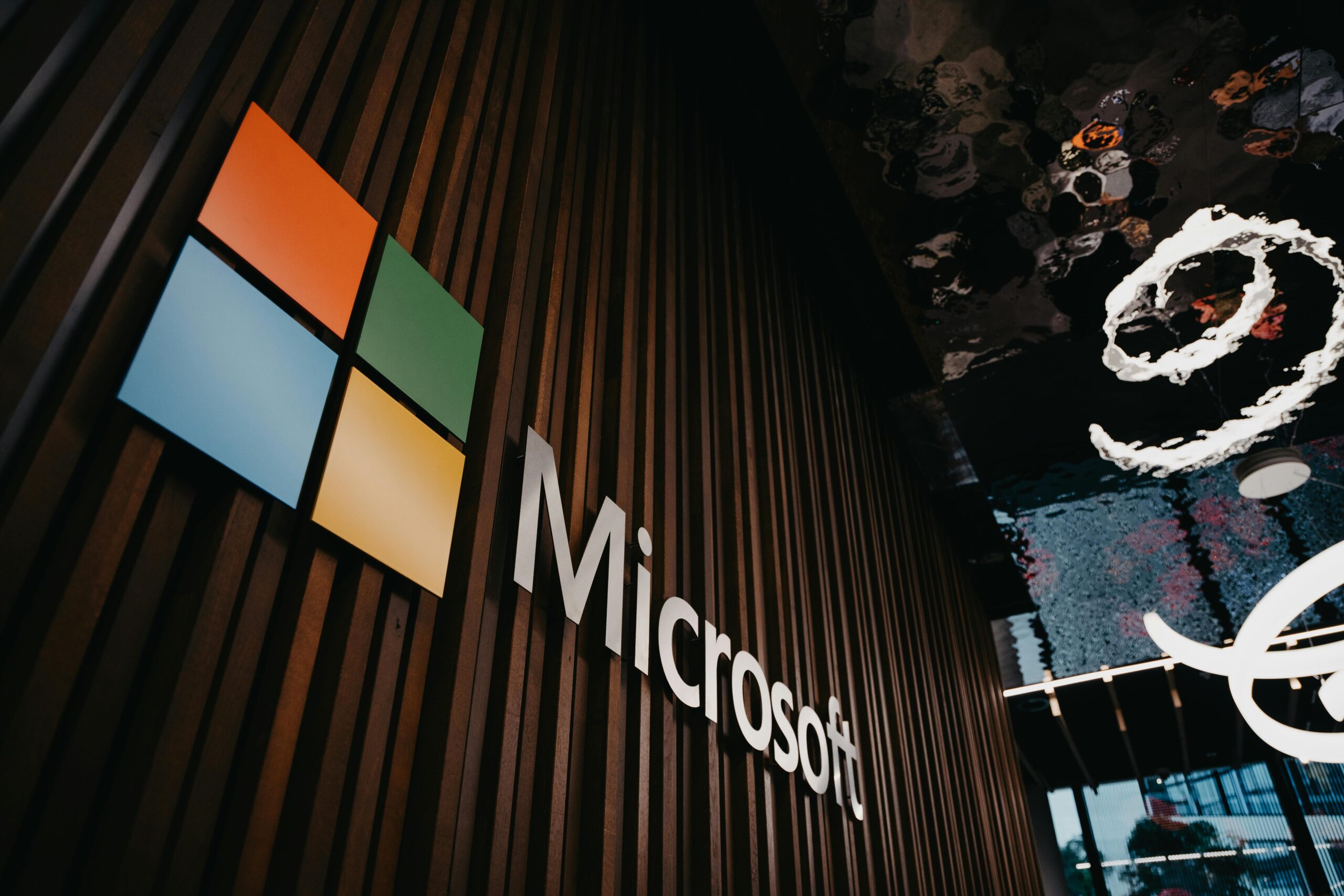
Microsoft is gearing up to revamp the Windows Update experience by creating a centralized platform within the OS that manages updates for all installed applications. This shift aims to replace the current “fragmented” system where individual apps update independently.
A Windows-Native Update Orchestration Platform
Traditionally, Windows Update has focused on delivering system-level patches and OS revisions. Microsoft now plans to expand its role to become a one-stop hub for all software updates — including third-party apps, drivers, and more — similar to how Android and macOS handle updates.
According to a company blog post, the current update process can be challenging for both consumers and IT administrators, often leading to missed updates, spikes in CPU and bandwidth usage, and confusing or conflicting notifications.
Microsoft explained: “Updates across the Windows ecosystem can feel like a fragmented experience. To solve this, we’re building a vision for a unified, intelligent update orchestration platform capable of supporting any update (apps, drivers, etc.) to be orchestrated alongside Windows updates.”
Developer Preview and API Access
The effort will begin with a private preview available to software developers, providing them with an API to onboard their apps into the new update scheduling system. This aims to streamline notifications, as Windows itself will send all official update alerts.
Additionally, the new centralized update hub will feature an “app update history,” letting users track all recent updates in one place. Developers will also be able to schedule updates based on user activity, system performance, whether the device is plugged into AC power, and other optimal conditions.
Developers must adapt their applications to support Microsoft’s new update system by integrating with the provided APIs. While this requires some upfront effort, Microsoft highlights that developers will save resources long-term, avoiding the costs of creating and maintaining their own update frameworks.
Microsoft has not yet revealed exactly how the unified update interface will look or function for end users, leaving the consumer experience details to be announced later.
Author’s Opinion
Consolidating app updates into one native Windows hub could significantly improve user experience by reducing confusion and redundant processes. However, the success of this initiative will hinge on developer adoption and how intuitively the update system communicates with users. If poorly executed, it risks adding another layer of complexity rather than reducing it.
Featured image credit: Angel Bena via Pexels
For more stories like it, click the +Follow button at the top of this page to follow us.
